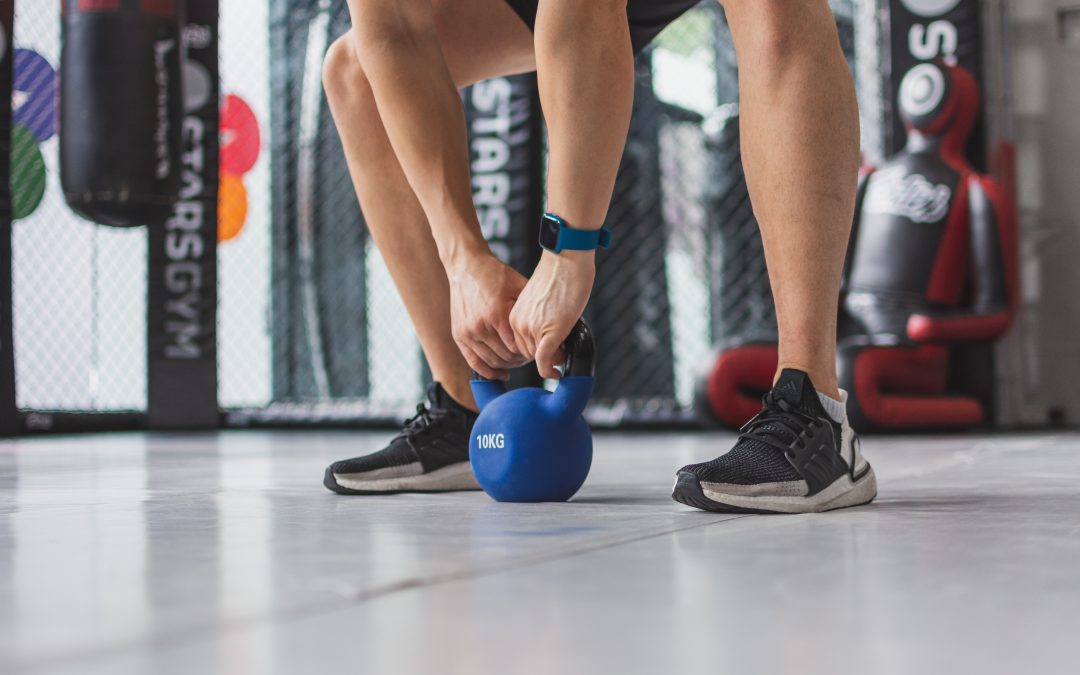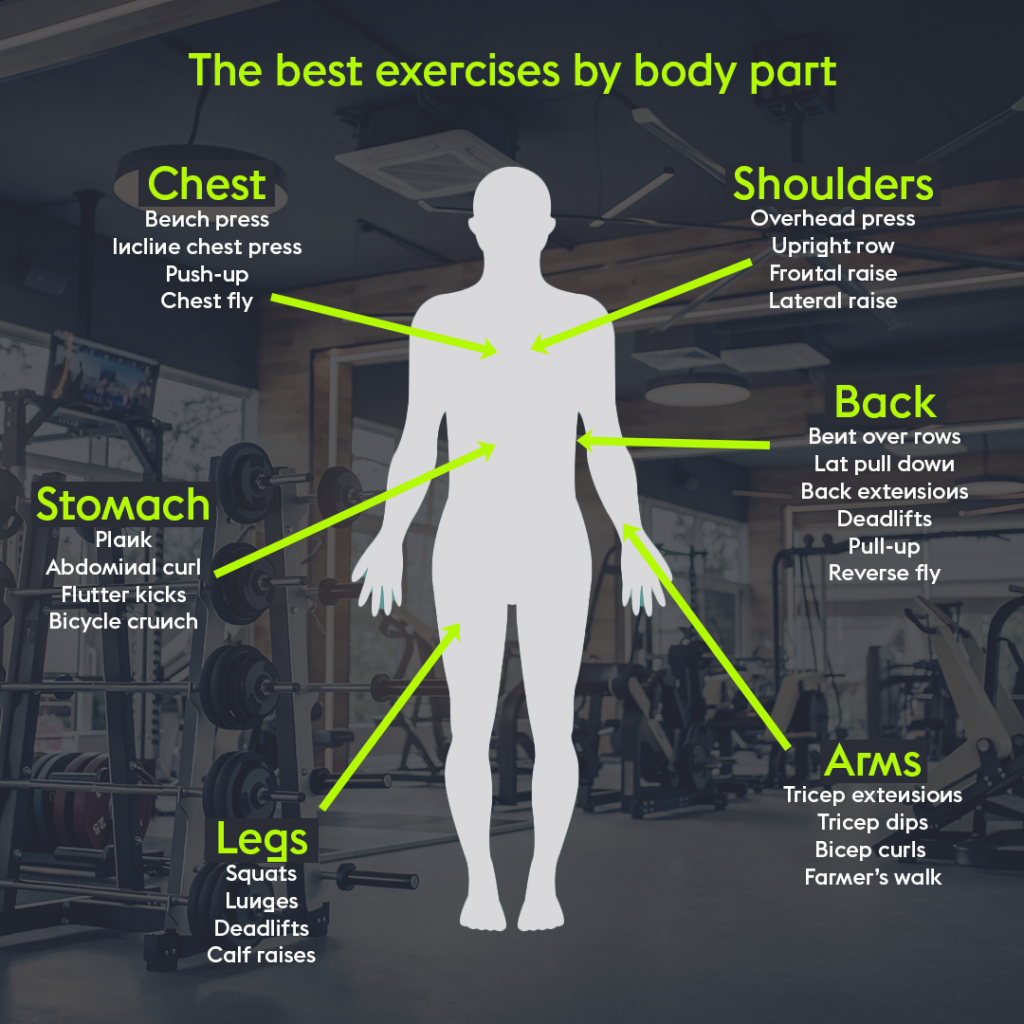Exercise has got to be efficient. Not many people have time to spare in the gym doing things that don’t really contribute towards their fitness goals. Usually, we’re pretty short on time. We might only have room in our routine for a couple of short sessions per week. So, we want to maximise our efforts.
Compound exercises are the building blocks of any effective workout routine. Whether you’re a fitness fanatic or just the occasional exerciser, compound moves are the ones you want to make time for.
So, what are they and why are they so important?
What are compound and isolation exercises?
Compound exercises move more than one joint. When performed, a compound exercise will see movement, not in just one joint, but two. Maybe even three.
To visualise this, it helps to look at an example. Take the squat. When you perform that movement, the hip joint, the knee joint, and even the ankle joint all take part. That makes it a compound exercise.
In contrast, the bicep curl only involves the movement of the elbow joint. That makes it an isolation exercise.
Think of it like this. Isolation exercises see a joint move in isolation. Compound exercises involve more than one moving joint.
Why are compound exercises so important?
Ok, compound exercises include more than one moving joint. So, what?
If more than one joint is moving, then it’s likely more muscles are involved too. Compound exercises recruit more action and engagement from different parts of the body, making them more effective in a workout routine.
In comparison to isolation exercises, multiple muscle groups are recruited into compound lifts. The result is a more effective full-body workout that engages a more extensive range of large and small muscle groups.
In every exercise, you’ve got the primary mover. That’s the target muscle. It does a large proportion of the work. For the lunge, this might be the quads. For the chest press, it’s the pectorals. But, there are many more muscles involved.
On top of the primary mover, other muscles help to support and assist you during the movement. Whereas isolation exercises aim to target a single muscle group in isolation, compound exercises engage many more muscle groups to do the job.
Bringing it back to the squat, the primary mover might be the glutes, but the quadriceps, hamstrings, calves, back, abs, obliques, and hip adductors are all involved too.
Who should be doing compound exercises?
Everyone. Compound exercises are beneficial, no matter where you are on your fitness journey.
More joints, more muscles, more energy burned, more efficient.
Compound exercises are the way to work more of the body in less time. From beginners to even the most advanced exercisers, compound exercises are likely to make up the majority of a fitness routine. Whether it’s a HIIT session or a slow and steady strength one, you’ll always find squats, deadlifts, lunges, chest presses, overhead presses, and push-ups centre stage.
If you’re looking to increase the focus in a particular area, this is where isolation exercises come in. If you want to develop your anterior deltoid, then you might focus on a frontal raise more. If you want to fix an imbalance in your hamstring, you might hop on the prone leg curl.
There’s certainly a place for isolation exercises, and they can help top up your efforts in particular body parts. But starting with compound ones will be a much better use of your time in the long run.
When should you do compound exercises?
It depends on how advanced your training programme is, but compound exercises are usually kept at the heart of every resistance training workout. So, everything you do in the gym that isn’t running, rowing, cycling, or other forms of cardio, will probably include compound exercises.
To see improvements in the condition of your muscles and the composition of your body; resistance train at least twice per week. You can increase this to 3-4 times per week if you want to get more into it. Maybe even 5-6 times if hitting the gym is your new favourite thing. But, it’s important to remember to take enough rest time between sessions to let your muscles recover. Beginners will need more rest days than advanced exercisers, so bear this in mind.
There’s no golden rule over when you do compound exercises during your workout, but it’s recommended to start your session with compound lifts. Because these are the exercises that require the most energy, you want to avoid doing them in a fatigued state unless you have a real reason for doing so.
Start with your compound exercises, move on to some isolation ones if you want, and end on the cardio. That way, you’re making sure your body has enough energy and your muscles are the freshest for the things that need it the most.
What are the best compound exercises to do?
The most well-known exercises are usually compound ones, so you don’t need to overthink it when deciding what to do.
But, if you’re looking for a run-down of exercises by body part, here’s a handy infographic that can help:




